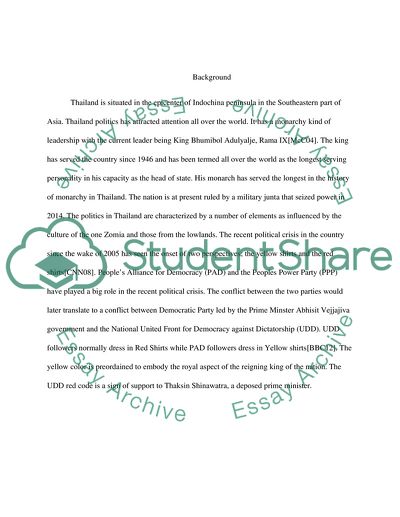Cite this document
(“How the Zomia interacts with Thailand politics Research Paper”, n.d.)
How the Zomia interacts with Thailand politics Research Paper. Retrieved from https://studentshare.org/social-science/1692371-how-the-zomia-interacts-with-thailand-politics
How the Zomia interacts with Thailand politics Research Paper. Retrieved from https://studentshare.org/social-science/1692371-how-the-zomia-interacts-with-thailand-politics
(How the Zomia Interacts With Thailand Politics Research Paper)
How the Zomia Interacts With Thailand Politics Research Paper. https://studentshare.org/social-science/1692371-how-the-zomia-interacts-with-thailand-politics.
How the Zomia Interacts With Thailand Politics Research Paper. https://studentshare.org/social-science/1692371-how-the-zomia-interacts-with-thailand-politics.
“How the Zomia Interacts With Thailand Politics Research Paper”, n.d. https://studentshare.org/social-science/1692371-how-the-zomia-interacts-with-thailand-politics.


